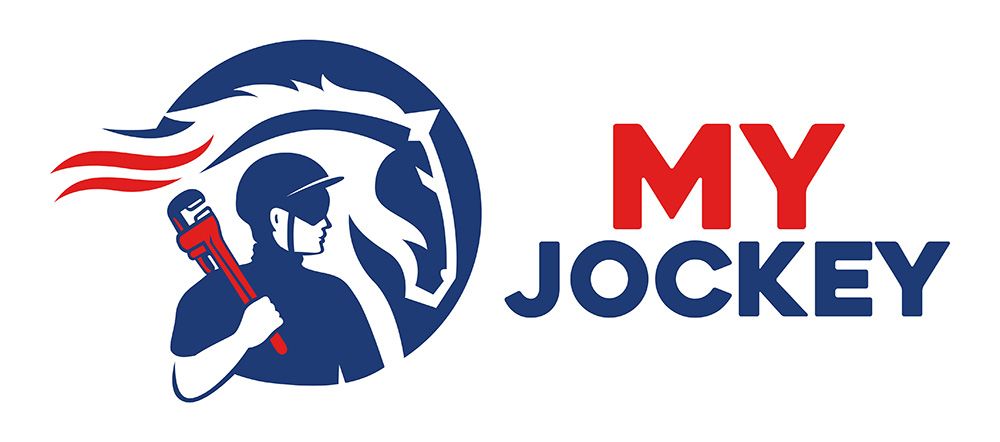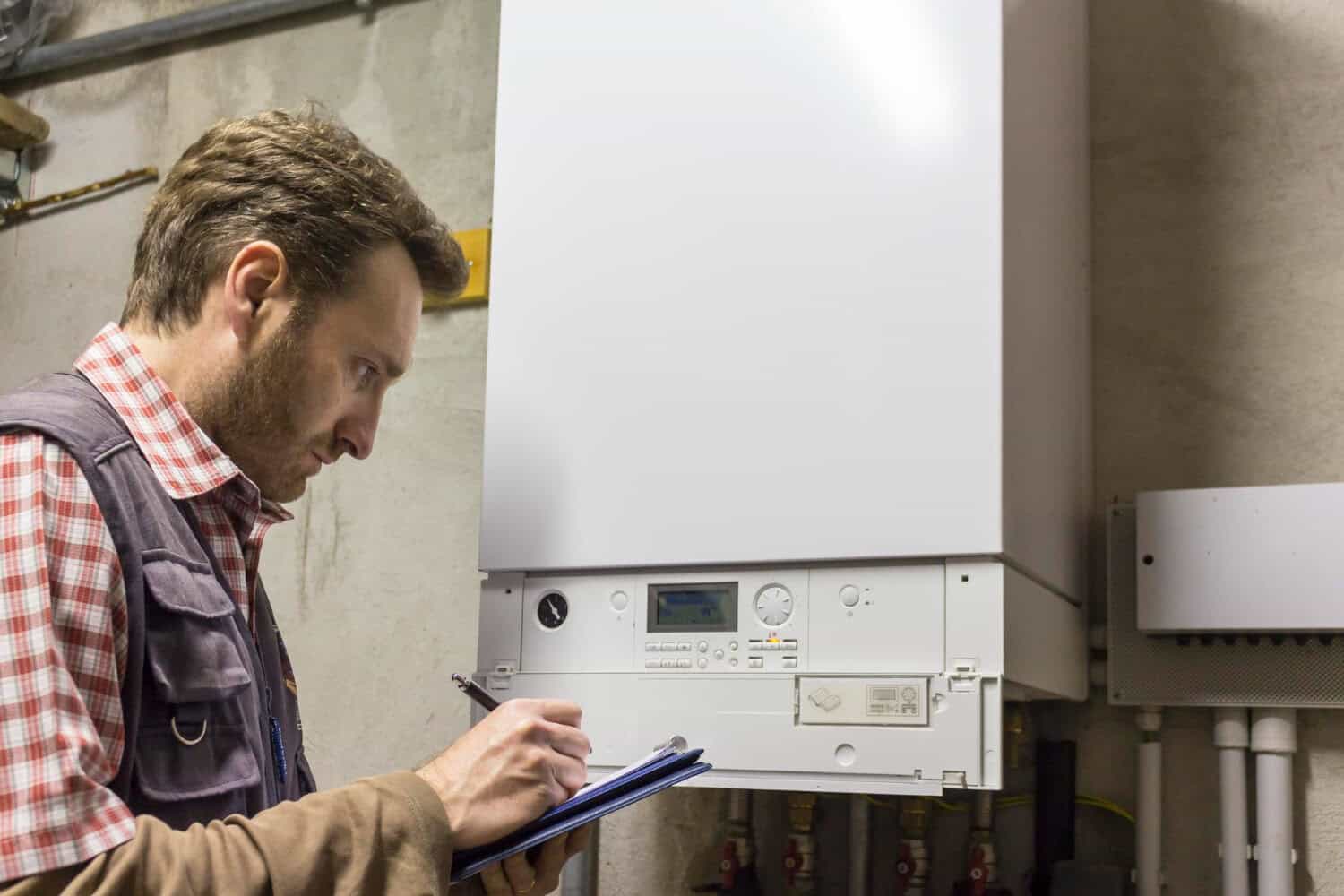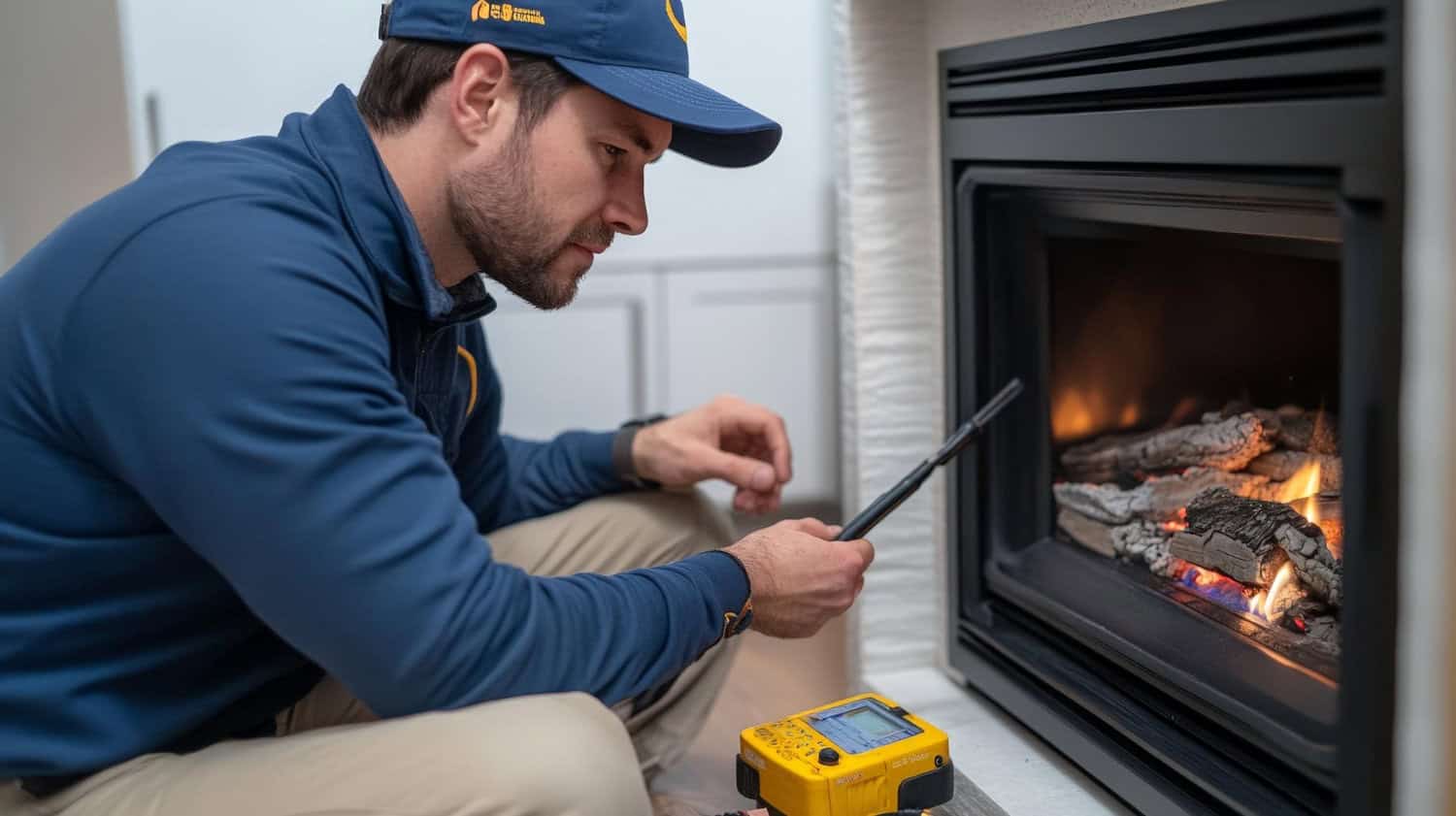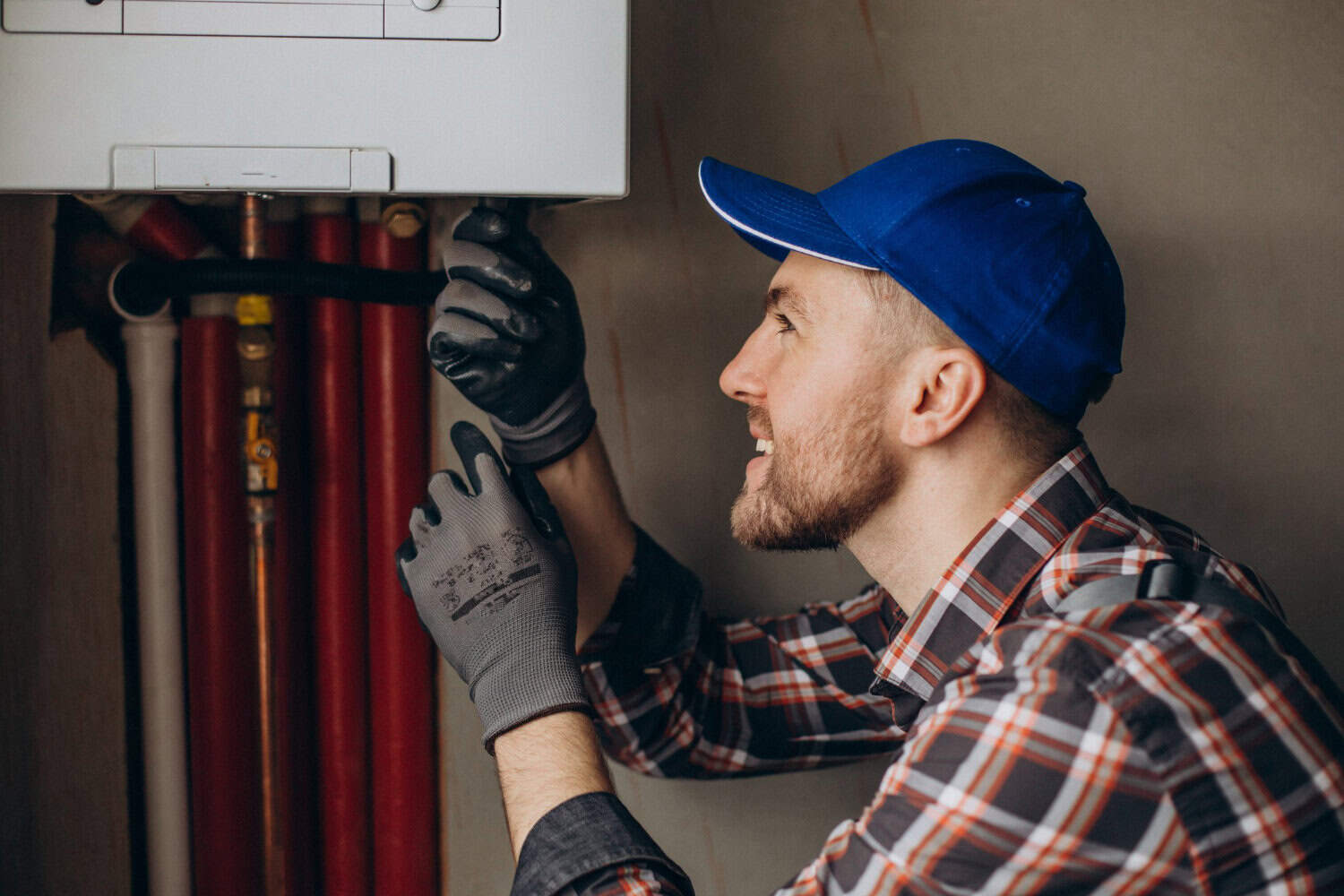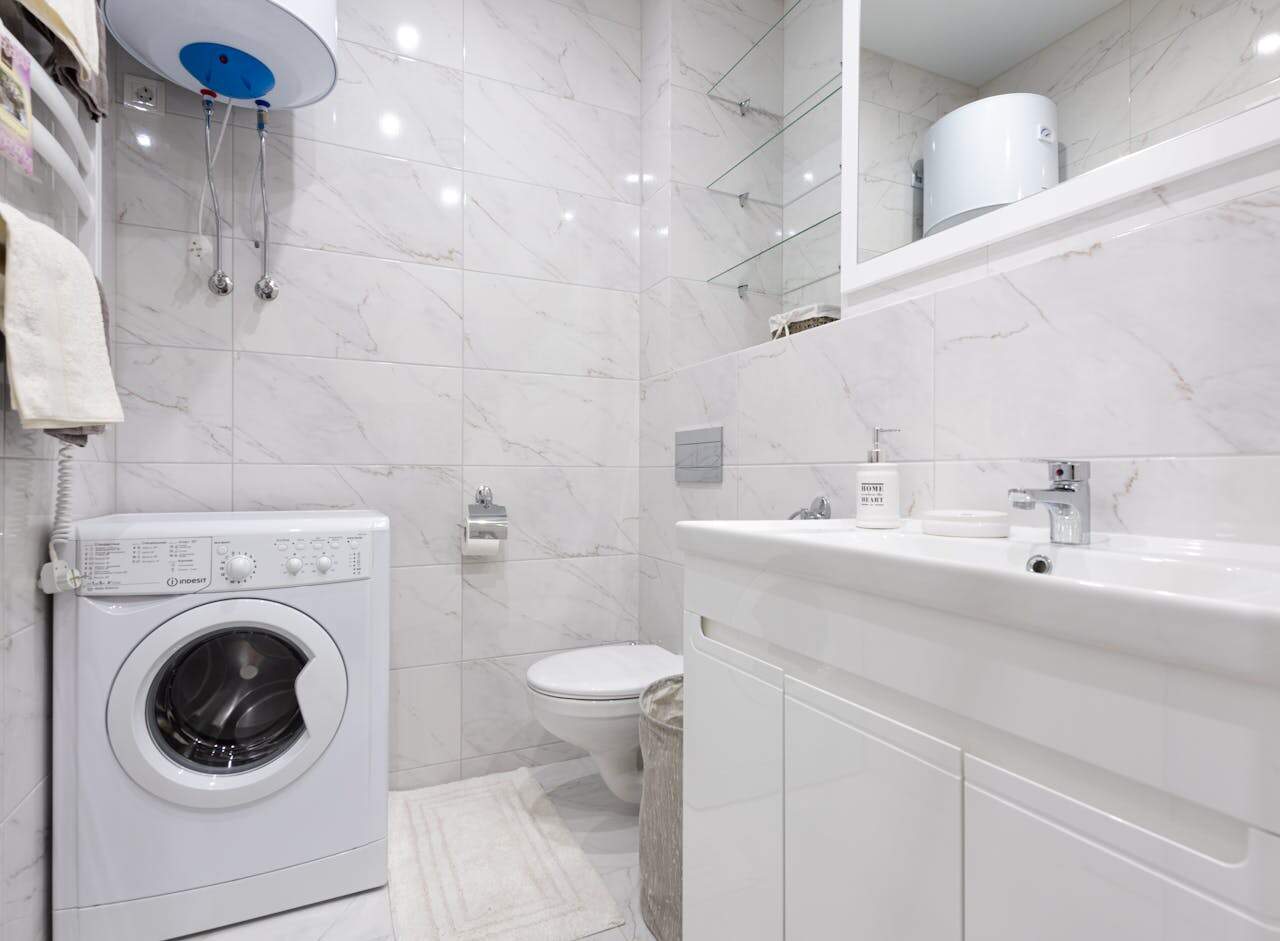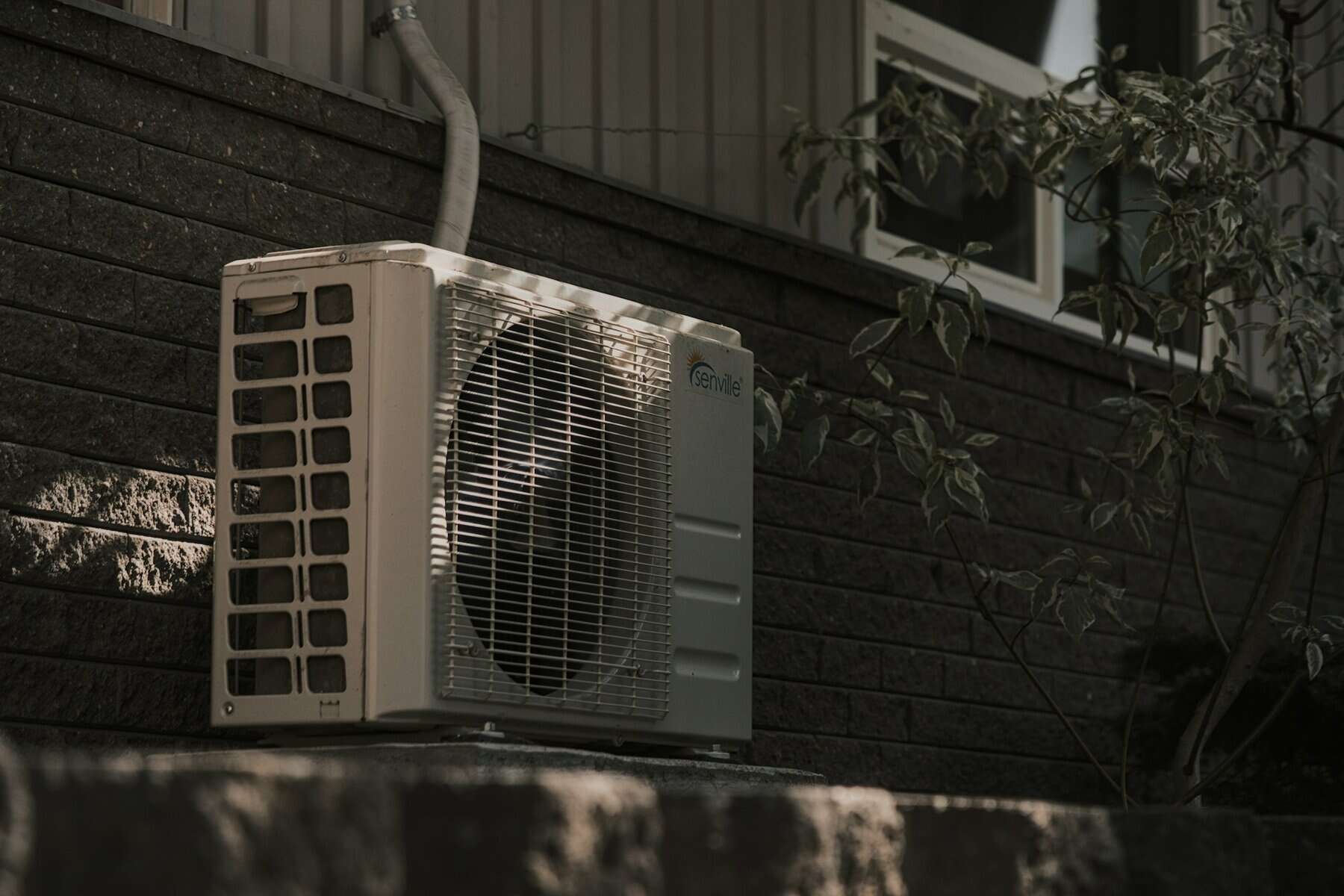Indoor air quality plays a major role in our daily comfort and long-term health. You might not think much about the air inside your home, but just like outdoor air, it can be filled with pollen, dust, and other particles. These tiny intruders can affect our well-being, especially for those of us with allergies or asthma. Maintaining clean air isn’t just about avoiding sneezes or coughs; it’s about ensuring a safe and healthy environment for everyone living under your roof.
So, how do we tackle these invisible challenges? Enter the world of air purification systems. These innovative devices are designed to filter out impurities, providing you with fresh and clean air. They work tirelessly to remove everything from simple dust to complex pollutants that you can’t even see. Imagine stepping inside on a warm day, closing the door behind you, and being greeted not just by the cool comfort of AC but by air that’s free of irritants. It’s like having a personal home assistant that quietly makes life better.
Types of Indoor Air Purification Systems
There are several types of air purification systems, each with its own unique way of making the air cleaner:
1. Mechanical Filters: These are the most common types of air purifiers. They trap particles like dust and pollen in their fibers. HEPA filters fall into this category, known for capturing even the tiniest particles.
2. Electronic Air Cleaners: Using a process called ionization, these cleaners charge particles in the air and attract them to plates within the device, almost like a high-tech magnet for dirt and dust.
3. Ultraviolet Germicidal Irradiation (UVGI): This type uses ultraviolet light to kill or inactivate microbes, ensuring you aren’t breathing in harmful bacteria or viruses.
4. Activated Carbon Filters: Perfect for removing odors and gases, these filters absorb smells and chemicals, leaving the air smelling fresh and clean.
Choosing the right system often depends on your specific needs and the challenges you face. Some folks might prioritize removing allergens, while others might be more concerned about eliminating odors. These systems can work alone or as part of a larger plan to improve indoor air quality, making them an important tool in creating a healthier home environment. With these options, you can find the perfect fit for bringing a breath of fresh air to your living space.
Benefits of Indoor Air Purification Systems
Air purification systems bring several benefits to your home. One major advantage is removing allergens and irritants such as dust mites, pollen, and pet dander. These unwanted particles often make life difficult for allergy sufferers, leading to runny noses and itchy eyes. With a good air purifier, these irritants can be significantly reduced, offering relief and a more comfortable living space.
Another benefit includes the reduction of indoor air pollutants like smoke and volatile organic compounds (VOCs). These pollutants can come from everyday activities such as cooking or using cleaning products. By using an air purifier, you’ll breathe easier knowing these harmful substances are being filtered out of your living environment. This is a big win for your respiratory health and overall well-being.
Finally, cleaner air means a healthier lifestyle. When your home’s air is free from harmful particles and unpleasant odors, you and your family are less likely to experience respiratory problems or discomfort. The result is a better quality of life, with fewer health concerns and a more enjoyable home atmosphere.
Choosing the Right Air Purification System for Your Home
Selecting the best air purification system for your needs can make all the difference. Start by considering the room size; larger spaces will need more powerful units, while smaller rooms can manage with compact models. It’s also important to think about specific needs, such as allergies or if you have pets that could contribute to extra dander in your home.
Here are a few recommendations for different scenarios:
– For allergy sufferers: High-efficiency particulate air (HEPA) filters are highly effective in removing allergens and capturing tiny particles.
– For pet owners: Choose a system that targets pet dander and has strong odor control to keep your home smelling fresh.
– For smokers: A combination of HEPA and activated carbon filters can help eliminate smoke particles and odors.
– For general air quality improvement: An all-in-one system with multiple filtration methods can cover a range of issues.
Taking these factors into account will ensure you pick a system that not only meets your needs but optimizes the air quality in your home, providing a healthier environment for your family.
Maintenance Tips for Optimal Performance
Once you have your air purification system in place, regular maintenance is key to keeping it functional. First, make sure to clean or replace the filters as recommended by the manufacturer. Clogged filters can lead to reduced effectiveness, making it hard for the system to do its job.
Professional maintenance services can provide a thorough check and cleaning, ensuring the system runs smoothly. This can help extend the system’s lifespan and improve performance. Here are a few tips to keep in mind:
– Check filters regularly: Depending on usage, filters may need changing every few months.
– Keep the exterior clean: Dust and wipe down the unit to maintain its efficiency.
– Follow manufacturer’s instructions: Each system can have unique maintenance needs, so keeping up with them ensures best performance.
With these handy maintenance tips, your air purification system can continue to deliver clean, fresh air to your home efficiently and effectively.
Keep Your Saratoga Springs Home’s Air Fresh and Clean
Living in Saratoga Springs brings with it the charm of scenic views and fresh air from the surroundings. Ensuring your home’s air remains just as pleasant is crucial for maintaining your family’s health and comfort. Professional air purification services can be a dependable partner in achieving just that.
Whether it’s reducing allergens, eliminating odors, or simply making sure your indoor air quality stays top-notch, expert insights and assistance can make a world of difference. So, breathe easy knowing that with the right air purification system and diligent care, your home’s air remains as inviting as the beautiful landscapes outside.
Keep your home in Saratoga Springs feeling fresh and inviting by taking advantage of professional support designed to improve your indoor environment. Discover the difference cleaner air can make for your health and comfort. Trust My Jockey to help you maintain an atmosphere where you can truly breathe easy. For expert service and thorough installation, explore our specialized air purification services today.
